Dubbed the Congestion Relief Project, the Illinois Tollway system, an integral part of Chicagoland’s highway network, is a series of construction projects aimed at modernizing and expanding the multiple-route system in northern Illinois. The overall project was approved in September 2004.
One of the main aspects of the project was the modernization of the 20 main line toll collecting facilities. Work involved the conversion of the conventional toll booth barriers into a hybrid of high-speed electronic toll collection, called “open road tolling” and newly built attended toll booths for cash and coin based payment. The open road tolling works with I-Pass, a prepaid toll program that works with transponders affixed to car’s windshields that are read by sensors as drivers pass under pass readers at normal freeway speeds. Account holders may bypass the conventional toll booths, which were relocated to outside carriageways, on the tollway mainlines. Additionally I-Pass account holders are charged reduced rates.

Reaching the Des Plaines River Bridge on Interstate 355 north. Monuments are posted at each bridge end with “Veterans Memorial Tollway” inscribed on the columns.
We checked out two of the Illinois Tollway system roads over Memorial Day Weekend. In November 2007, the Veterans Memorial Tollway, a 12.5-mile extension of Interstate 355 south from Interstate 55 to Interstate 80 opened to traffic as a new facility. The North-South Tollway extension acts mainly as a commuter freeway through the western suburbs and includes a $2 cash toll for travelers between the aforementioned Interstates. Among the highlights of the $729.3-million route is the Des Plaines River Bridge, the longest span on the Illinois Interstate system. The span is even featured on the cover of the newest Illinois Tollway map cover.
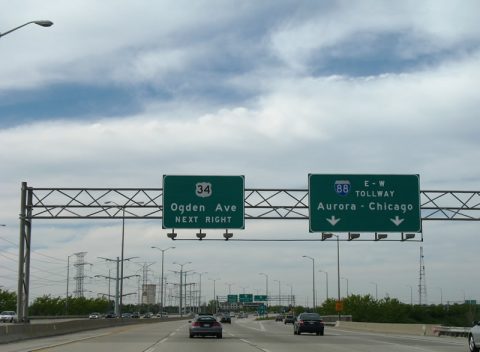
Just beyond the current construction zone at the ramps to Interstate 88. Interstate 355 and 88 parallel one another briefly north of U.S. 34.
Work on original Interstate 355 is also underway in the form of lane widening (from six to eight) and resurfacing. Construction between 75th Street and Interstate 88, a distance of 4.5 miles, is underway currently between 75th Street and Maple Avenue at a cost of $60.4 million.

Approaching the first mainline toll plaza of Interstate 88 west at the beginning of the eight-laning project.
Interstate 88, the East-West Tollway and formerly Illinois 5, joins Chicago with Aurora and other western suburbs as part of a longer route joining Chicagoland with the Quad Cities. The route exists partially as a commuter freeway and partially as a long distance route with its connection to Interstate 80 and Iowa.
Modernization is underway along Interstate 88 from Aurora to Hillside in a multi-stage project. Work is underway along a 2.2 mile segment between York Road and Illinois 83 to widen the road from six to eight lanes. This $178.2-million project includes the initial main line toll plaza which is already partially complete.

A short expressway connector (Illinois 56) joins Interstate 88 with U.S. 30 west of Aurora. The wye interchange represents the end of Aurora area road work.
Adjacent to that project is the 5.1-mile to expand Interstate 88 from six to eight lanes between Illinois 83 and Finley Road, a $99.7-million investment that is underway concurrently with the easternmost work. Following that work is the $273.4-million phase to eight-lane Interstate 88 westward to Washington Street, also underway.
Those projects lead drivers into a completed stretch of eight-lane tollway between Washington Street and Illinois 59, a huge relief to travelers that trudged westward from Hillside. However before one can get accustomed to jersey-barrier freeway driving, construction again joins the fold along Interstate 88 west of the Aurora main line toll plaza to Deerpath Road in the form of a $162.5 million six-laning project.
Other projects to either expand or replace the aged pavement are proposed for after 2010, but for now the drive beyond Aurora is devoid of construction barrels and barriers.
Drawbacks to the Illinois Tollway system:
- While Travel Oases (service plazas) are provided along the Tollway mainlines, no other travel service signs are posted along the facilities, including the rural stretches of Interstate 88 west of Aurora.
- All exits along the Tollway system are unnumbered, irregardless of the Interstate.
- Tolls are sometimes twice as much for cash-based payments, which makes the venture pricey when entering from out of state.
- When departing the tollway system in search of services, tolls are levied for reentry, even if tolls at a nearby plaza were previously paid.
The good news is that the Illinois Tollway now accepts EZPass! Though no signs display this information yet in the field, it is mentioned on the Illinois Tollway web site.
Sources
Congestion-Relief Program SUMMARY, http://www.illinoistollway.com/pls/portal/docs/PAGE/TOLLWAY/TRAFFICCONST/TRAFFICCONST_CRP/TRAFFICCONST_PLAN/2007_CRP_COMPLETE_BOOK_09.04.07_FINAL.PDF Illinois Tollway Authority.

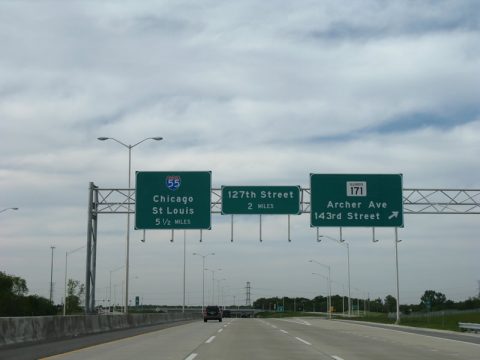
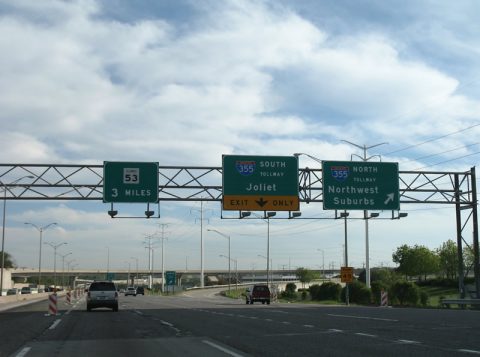
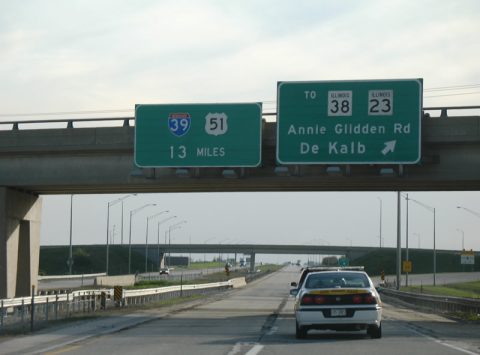

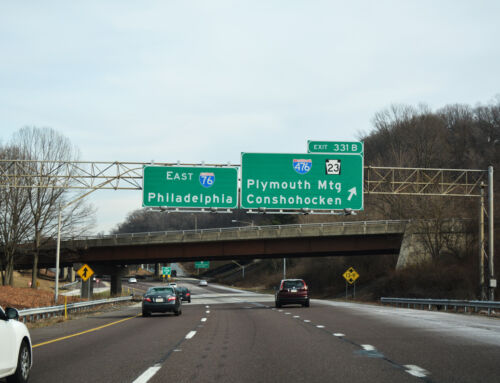
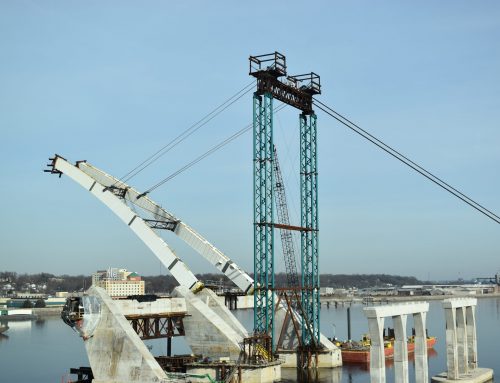
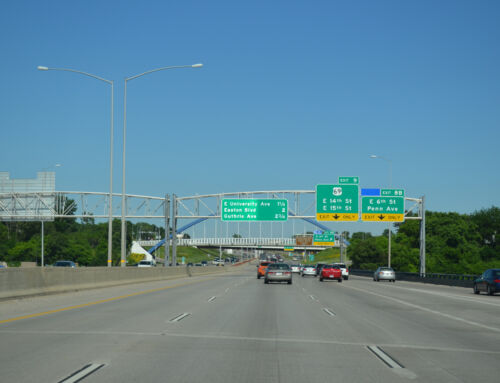
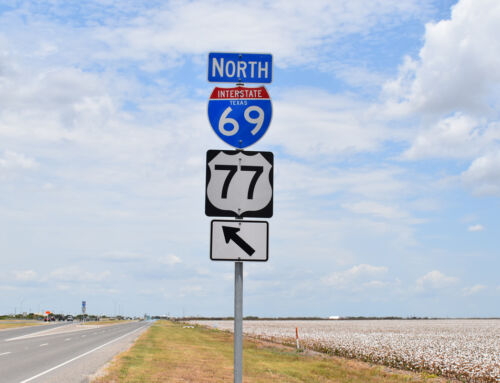
I’m glad to see on the program summary then the I-57/I-294 (Tri-State Tollway) is part of it, however I just hope then the funding won’t delay this project too much.
For the rural part of I-88, I wonder if the Illinois Tollway could add additionnals interchanges?
The I-pass system works great on the tollways. I travel from my home in Colorado to visit family in Ohio 2-3 times a year. The I-pass transponder is “free” for the price of the deposit and tolls and is even available to non-Illinois residents. It’s an easy way to get into the EZ-Pass interoperability area with a minimal investment.
I had the good fortune to be in the Chicago metro area for the first time the weekend before the opening of new southern section of Interstate 355. For four days, I had the pleasure of enjoying riding around from the eastern end of the Chicago Skyway, north to Kenosha, WI and as far west as DeKalb, IL. Total mileage was 591 miles of pure fun. Since I am from south Florida, I had to pay all my tolls in cash.
Illinois Tollways are extremely efficient with the newest toll collection system. One area that does need improvement is exiting from Interstate 90 (Northwest Tollway) to Interstate 290/IL 53 south. There are unbelievable back-ups to pay an unmanned 30-cent toll, coins only.
It was a pleasure driving with rush-hour traffic in Chicago, a complete antithesis from the usual freaks, nuts and screwballs who aggresively dominate the highways of south Florida.